Tomatoes are Popular
Visiting Israel
Since I have a large garden, people always ask if I am growing vegetables. The answer, alas, is “Not really.” Much of the garden is too shady for vegetable growing. However, there is a small patch that I keep hoping will yield some tomatoes.
So every year I buy a few tomato plants, plunk them down in that small area, stake the plants as they grow and generally harvest a few tomatoes that all ripen at the same time towards the end of the growing season. In all fairness, I must admit that if I find cherry tomato seedlings, they actually do give a much better return that the larger varieties and I will plant those instead.
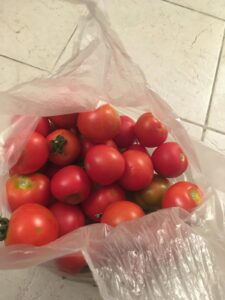
This year, we chose to spend the Passover holiday season in Israel. Because of the war in Gaza and the exit of many Thai agricultural workers, there has been a great need for volunteers to assist with general farm work.
Amy Rosenbluh has been volunteering at a moshav – an agricultural community – at Beit Ezra which is between Ashkelon and Ashdod. Beit Ezra was founded in 1950 by Jewish refugees from Iraq. I was pleased to be asked to accompany her for a few hours of work. Rosenbluh specifically has been working at the hothouses owned by Rachamim Gabbai.
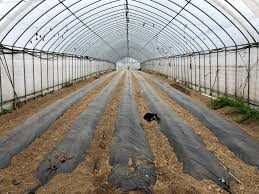

Big Job Ahead of Us
Although he has grown other vegetables, today’s efforts were directed to two enormous greenhouses filled with rows of tomato plants. When we stepped inside, I saw endlessly long rows of tomato plants and knew that whatever work we were assigned would not be completed in our time frame.
I asked Gabbai how many plants were in each greenhouse and he estimated 20,000 plants in each. In the four hours that Rosenbluh and I worked together, we finished only five complete rows, each row having plants on two sides.
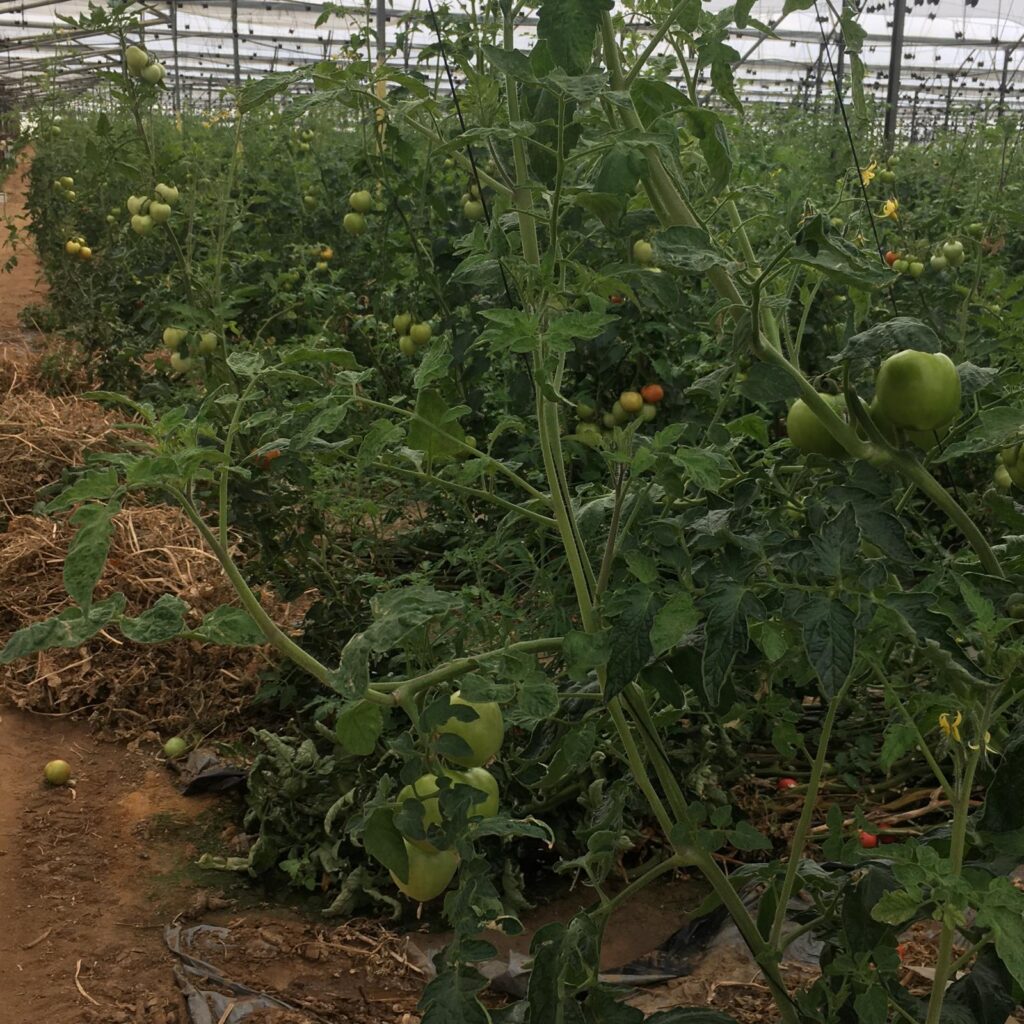
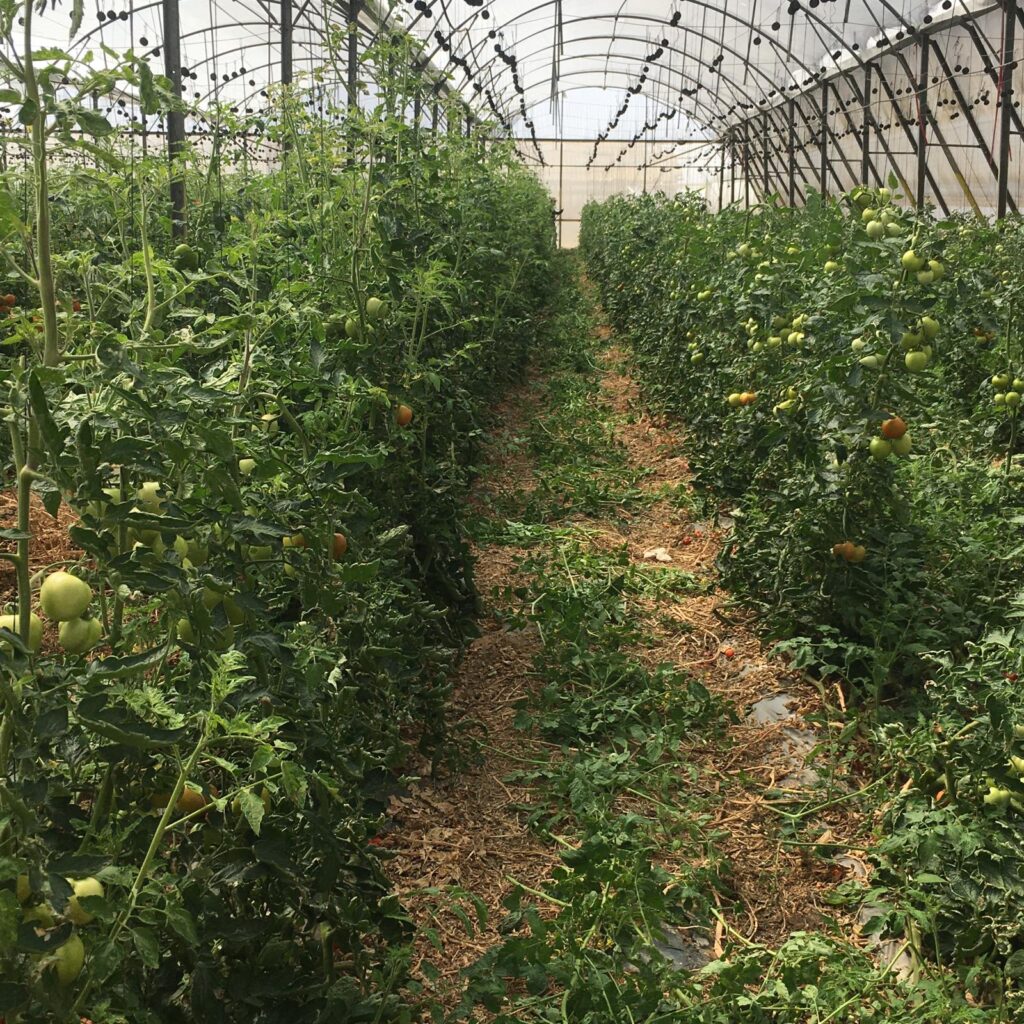
Greenhouse Surprise
Rosenbluh had brought along an extra hat for me saying that in her early days of volunteering she would find her hair covered in a yellow-green powder. Her assumption was that this powder was pollen from the tomato plants. So I put on the hat but when I was offered disposable latex gloves, I demurred. In my garden, unless I am dealing with rough plant material, I usually work barehanded. However, I gradually noticed something greenish accumulating on my hands. When we took a break after three hours I tried to scrub the material off my hands and it took a lot of time and a lot of soap.
For the last hour or so I wore the gloves.
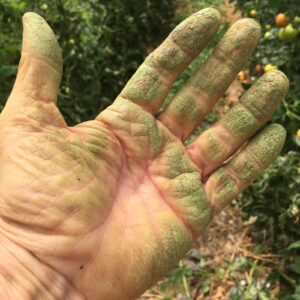
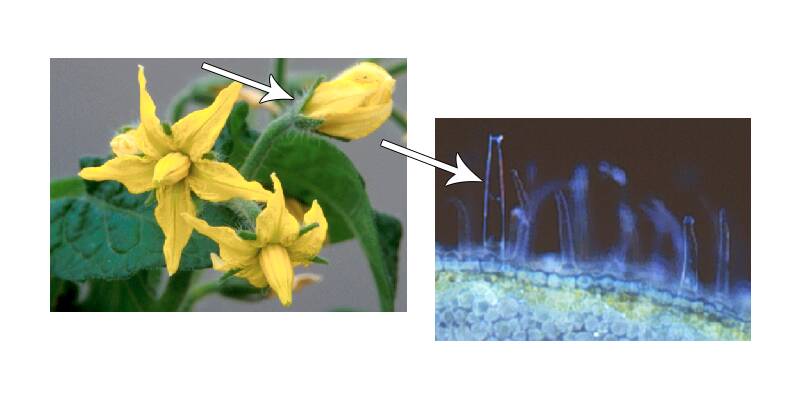
When I asked Gabbai about the powder, he said it wasn’t pollen; instead it was something that comes off the leaf. It turns out that it is actually a compound that is released from trichomes- in this case, tiny hairs – that grow on the surface of many leaves. The structures can be simple or more complicated, such as stellate. Sometimes the purpose is not clear but frequently there is a chemical that is exuded for the plant’s purposes such as repelling insects. Indeed, in hot climates the hairs can act as a sunshade to protect the leaf.

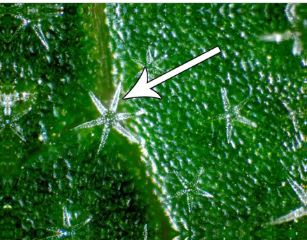
Other Tomato Mysteries
While that was certainly interesting, I finally learned something that has puzzled me for years. Gardeners are told that they should remove the suckers from the tomato plants to improve yield. Unfortunately, I have never understood how to differentiate suckers from the necessary branches that provide the photosynthetic energy for plant growth. Well, I learned the difference quickly. The photosynthetic branches (sun branches) grow at right angles to the plant stem, which means that they stick out at 90 degrees. The suckers grow upward (and the bud of the sucker appears in the crotch of the sun branches). In addition, the suckers are a much lighter green than the others. One can just walk down the row and spot the suckers based on color differential.
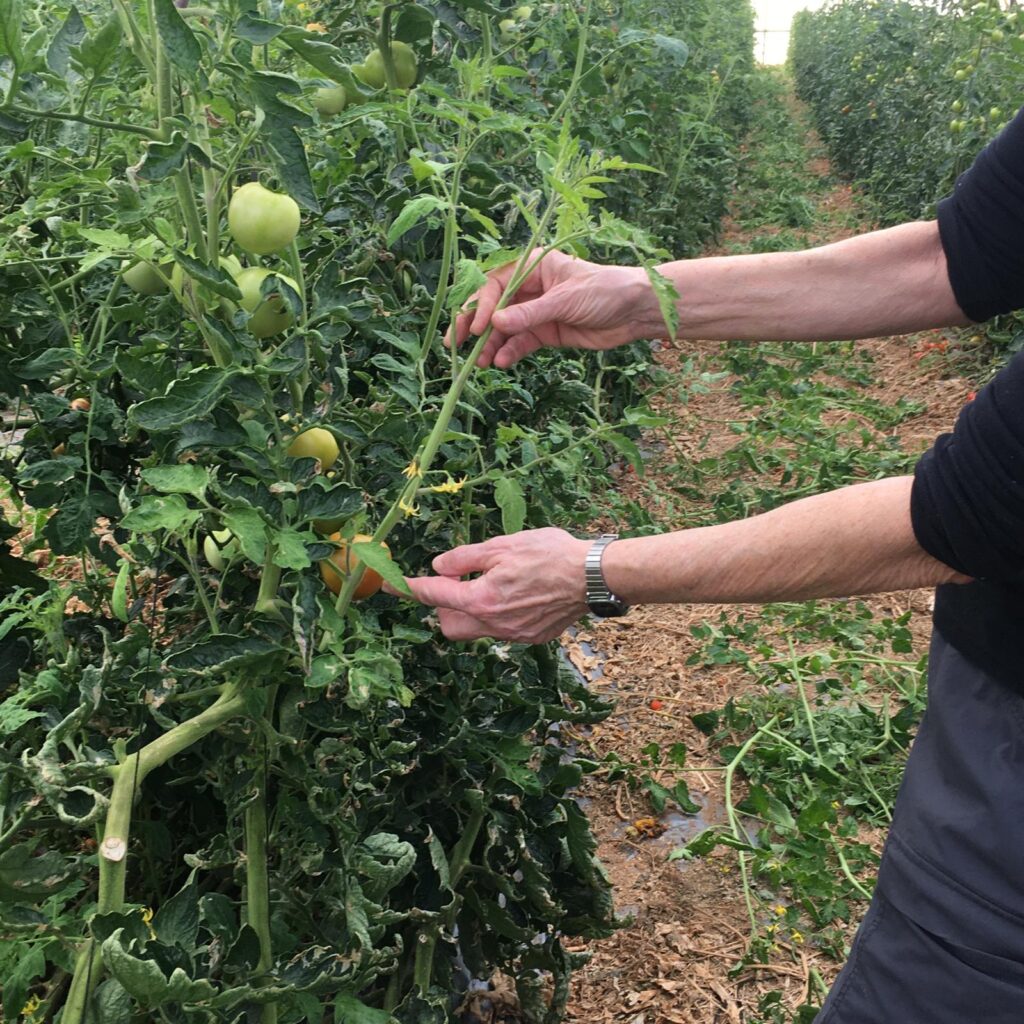
And one final bit of enlightenment: I had been told that the tomatoes were growing on a pulley system which seemed inexplicable. Tomatoes are essentially a vine and grow upwards. The problem arises when the vine grows too high for ordinary staking and harvesting. The pulley system allows the stem to be lowered downward when it becomes too tall while the top of the plant continues growing upward. This keeps the producing part of the plant accessible. For those, like me, who find the explanation hard to imagine, please watch this video.
To top it off, we were fed a wonderful lunch and went home with a large bag of fresh tomatoes.
Sounds like a day well-spent. And you got to go home with goodies.
Wonderful to read of your horticulture and volunteer experiences !!
As always, your post was so informative and fascinating. However, this one was very inspiring as well!!
Enjoyed the blog! What you told us came to life!